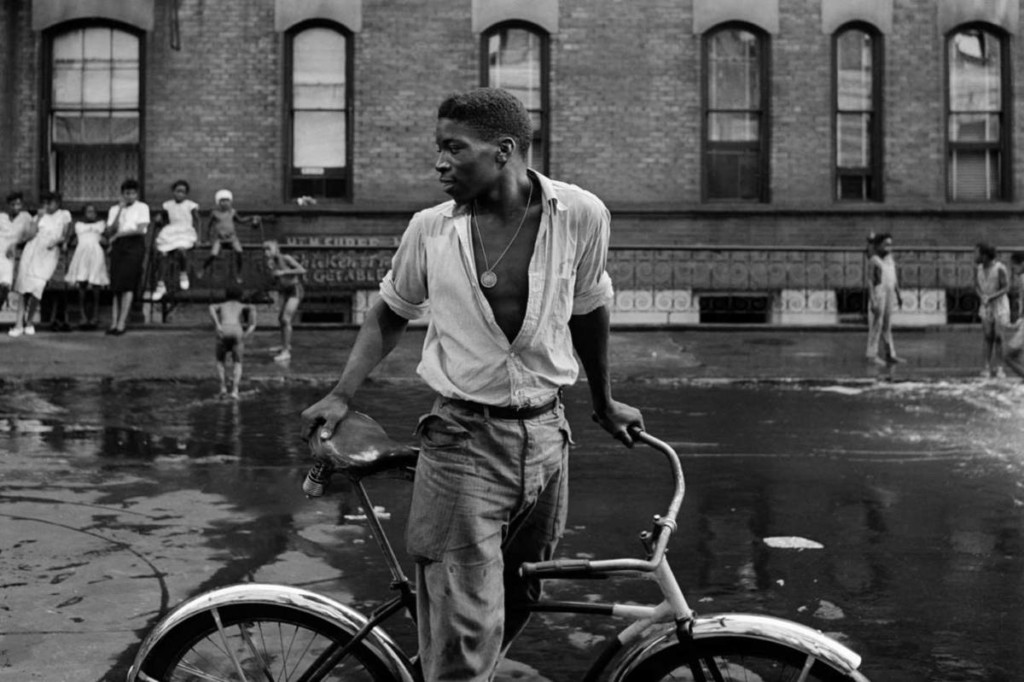Some Ideas on Framing Streets You Need To Know
Some Ideas on Framing Streets You Need To Know
Blog Article
The Framing Streets Ideas
Table of ContentsFraming Streets Fundamentals ExplainedThe 30-Second Trick For Framing StreetsSome Known Facts About Framing Streets.See This Report on Framing StreetsThe 9-Minute Rule for Framing StreetsNot known Incorrect Statements About Framing Streets
, generally with the purpose of catching photos at a crucial or emotional minute by cautious framework and timing. http://dugoutmugs01.unblog.fr/2024/01/10/framing-streets-mastering-the-art-of-street-photography/.
As a result his boots and legs were well defined, yet he lacks body or head, since these were in movement." Charles Ngre, waterseller Charles Ngre. http://dugoutmugs01.unblog.fr/2024/01/10/framing-streets-mastering-the-art-of-street-photography/ was the initial photographer to achieve the technological sophistication needed to register people in activity on the road in Paris in 1851. Photographer John Thomson, a Scotsman working with reporter and social lobbyist Adolphe Smith, published Street Life in London in twelve month-to-month installations beginning in February 1877
Getting My Framing Streets To Work
Eugene Atget is considered a progenitor, not because he was the very first of his kind, but as a result of the popularisation in the late 1920s of his document of Parisian roads by Berenice Abbott, who was influenced to take on a comparable documents of New York City. [] As the city developed, Atget aided to advertise Parisian roads as a worthwhile topic for digital photography.

About Framing Streets
Martin is the very first videotaped professional photographer to do so in London with a disguised electronic camera. Mass-Observation was a social research study organisation established in 1937 which intended to tape-record day-to-day life in Britain and to record the reactions of the 'man-in-the-street' to King Edward VIII's abdication in 1936 to wed separation Wallis Simpson, and the succession of George VI. The principal Mass-Observationists were anthropologist Tom Harrisson in Bolton and poet Charles Madge in London, and their very first record was generated as guide "May the Twelfth: Mass-Observation Day-Surveys 1937 by over 2 hundred onlookers" click now [] Window cleaner at Kottbusser Tor, Berlin, by Elsa Thiemann c. 1946 The post-war French Humanist School professional photographers located their subjects on the street or in the restaurant. Andre Kertesz.'s extensively appreciated Images la Sauvette (1952) (the English-language version was titled The Decisive Moment) promoted the idea of taking a picture at what he called the "definitive moment"; "when type and content, vision and composition merged into a transcendent whole" - 50mm street photography.
Some Known Details About Framing Streets
The recording equipment was 'a hidden electronic camera', a 35 mm Contax hidden under his coat, that was 'strapped to the chest and attached to a lengthy cable strung down the best sleeve'. His job had little contemporary impact as due to Evans' level of sensitivities about the creativity of his task and the privacy of his subjects, it was not published up until 1966, in the book Lots of Are Called, with an introduction composed by James Agee in 1940.
Helen Levitt, then an instructor of kids, connected with Evans in 193839. She recorded the temporal chalk drawings - Best Zoom Lens that belonged to children's road society in New York at the time, in addition to the kids that made them. In July 1939, Mo, MA's new photography section consisted of Levitt's operate in its inaugural exhibitionRobert Frank's 1958 publication,, was substantial; raw and typically out of focus, Frank's pictures examined conventional photography of the time, "challenged all the official rules laid down by Henri Cartier-Bresson and Walker Evans" and "contradicted the wholesome pictorialism and wholehearted photojournalism of American publications like LIFE and Time".
Report this page